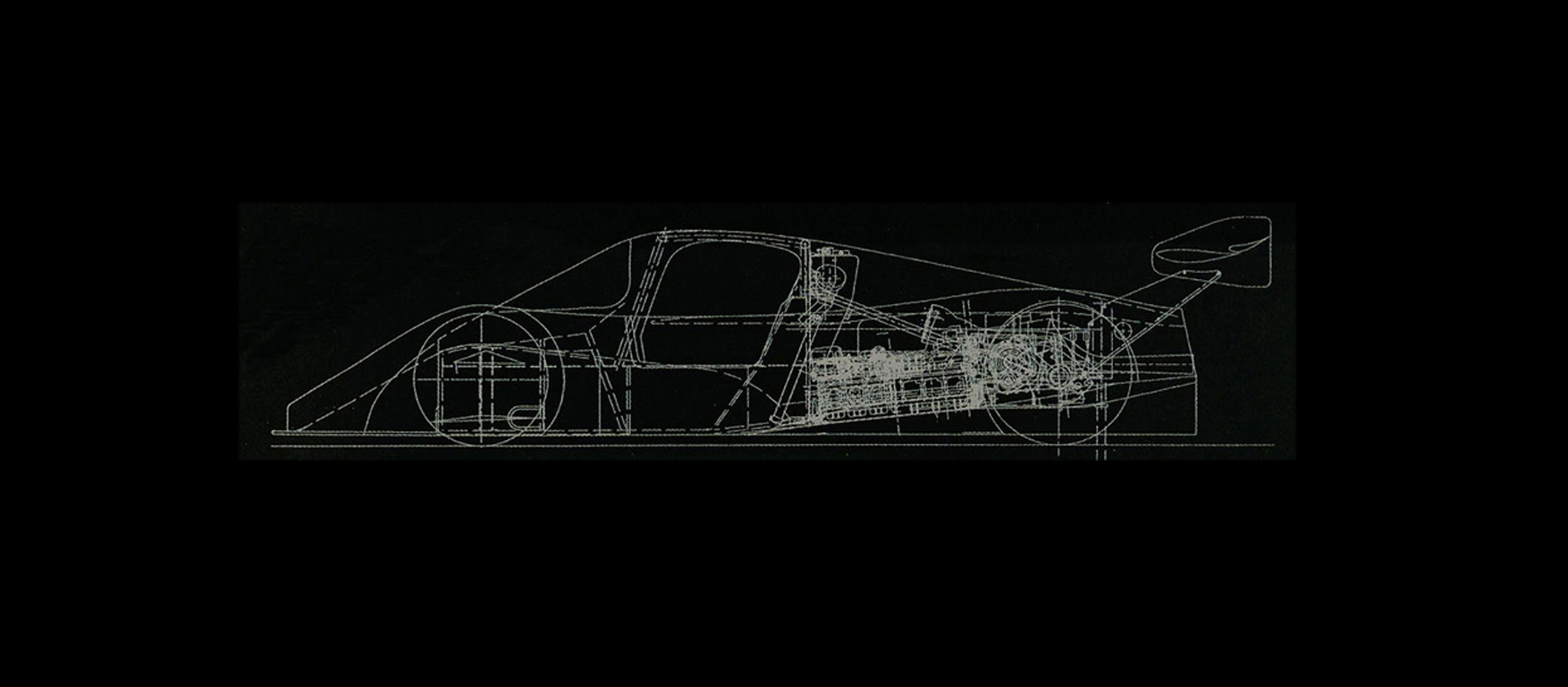godlameroso wrote: ↑11 Apr 2018, 19:26
Ok seeing as the new rules plan to phase out the MGU-H, why not make the new formula a 2 liter V12, naturally aspirated, 14,000rpm rev limit, 140kg fuel flow limit and 120kg fuel tank. Standardized block, standardized rods, standardized cam phasing system, standardized pneumatic valve control. Use round poppet valves, 4 valves per cylinder, dual overhead cam, variable lift profiles allowed. Mandate minimum weights for the crank, pistons, and engine assembly, say 97kg for the assembled engine. Engines will be BOP'ed to within .3 seconds around a lap of Barcelona with a standard dummy car. The engine will be good for ~780hp. 3 engine blocks per season 6 heads per season or something to that effect.
Hybrid system:
This is the big question mark for me, transmission mounted? Front mounted? Do we have electric FWD? Should the driver control it on top of the engine? Should it be seamless like now? Either way it looks like we end up with traction control.
It doesn't just work like that, you can't just set a rpm limit and a fuel flow limit on a naturally aspirated engine.
First of all the current formula works because you can both control airflow and fuel flow very precisely. You can't control airflow very precisely on a naturally aspirated engine.
The formula you created there would be way too rich in AFR.
A 2 liter engine at 14.000 rpm consumes 14.000 liters of air per minute, at volumetric efficiency of 100%.
14.000 liters of air weighs about 18.1 kilogrammes at atmospheric pressure.
140kg/h of fuel = 140/60 = 2.33kg/min
So the air fuel ratio would be 18.1kg of air divided by 2.33kg of fuel which equals 7.8 and that's too rich.
And remember that the volumetric efficiency and air density are variables, variables you can offset by using a turbo, but not in a NA engine.





